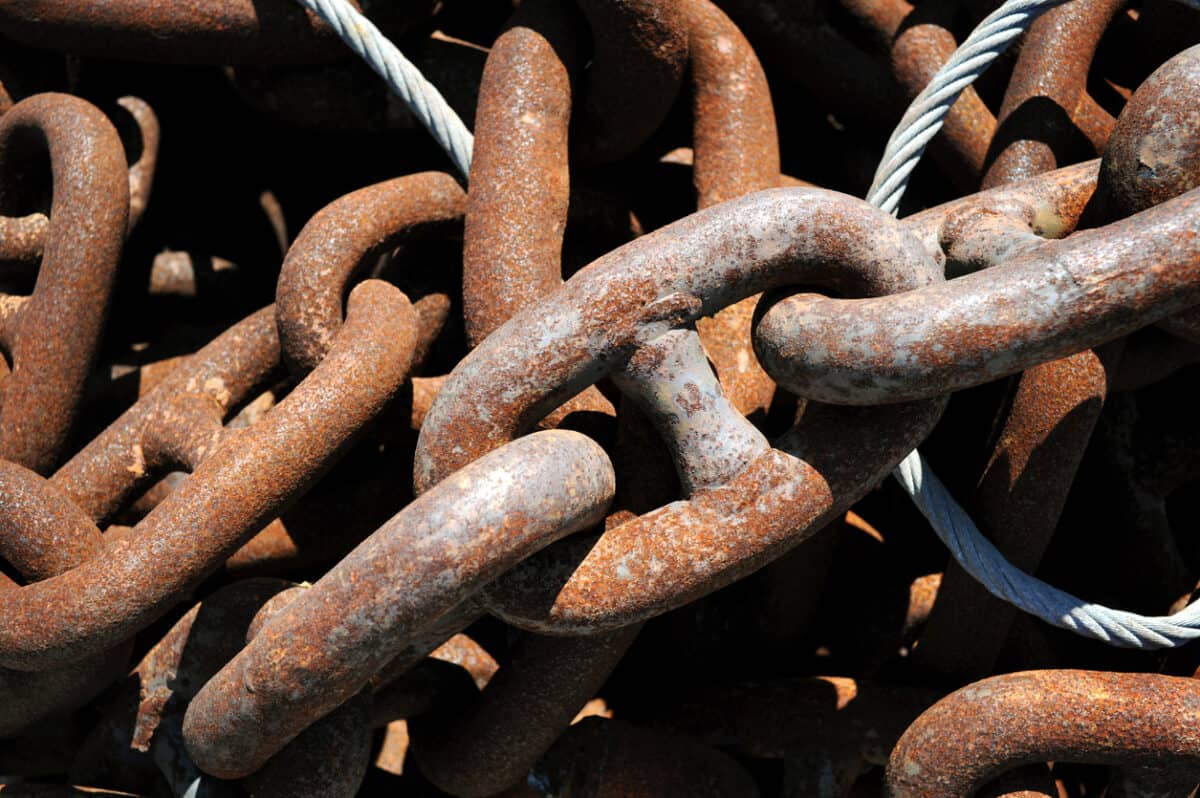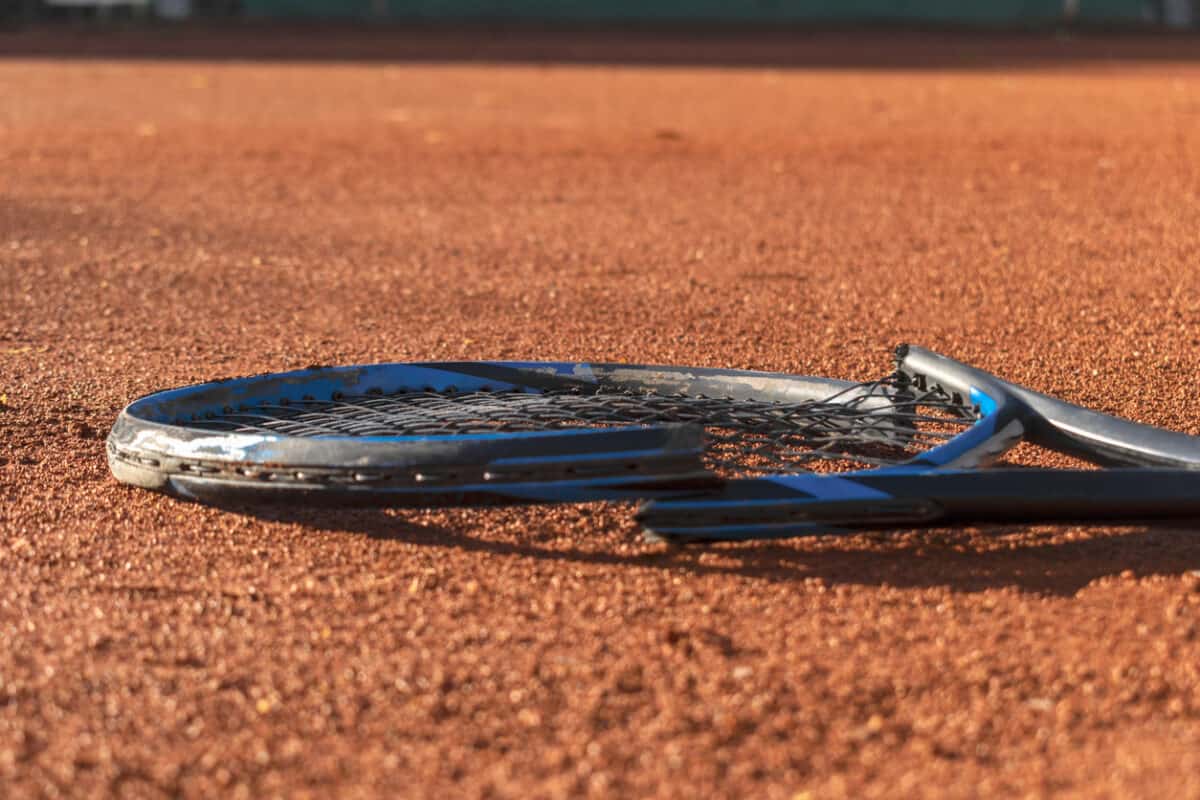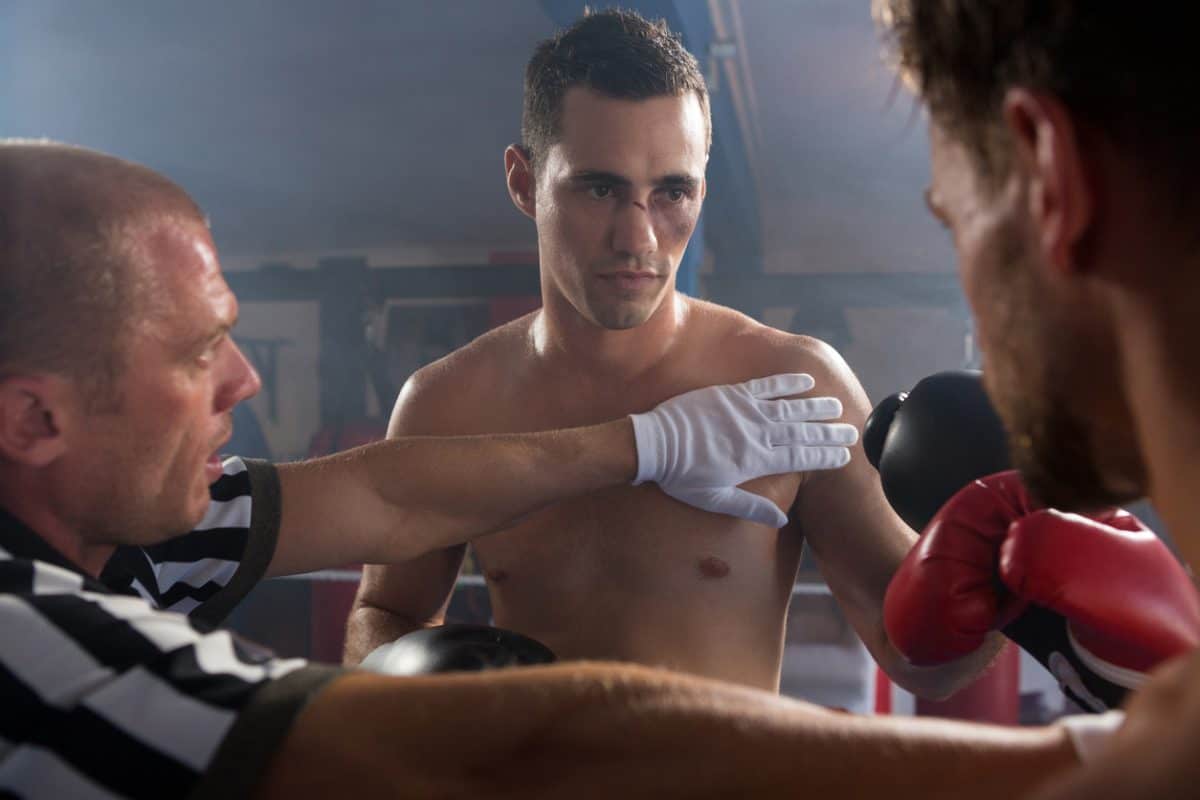Adam Goodes will be a featured speaker at the 23rd World Congress of Health and Safety At Work in Sydney, Australia, in November 2023. My initial response was, “What does he know about workplace health and safety?” This question is perhaps more indicative of my limited perspective of occupational health and safety (OHS). I have discussed my question with several people over the last week and have a partial answer to my question, but, as is often the case in OHS, more questions arose.
Category: Sport
Blaming others after a cock-up
Occupational health and safety (OHS) has a long relationship with Blame. Blame has a long association with Responsibility. In the Australian Financial Review on January 19, 2022, Andrew Hill of the Financial Times wrote about both in relation to Novak Djokovic’s actions that led to his deportation.
Djokovic said that one of his administrative team completed his travel declaration incorrectly.
“…. my agent sincerely apologises for the administrative mistake in ticking the incorrect box.”
Hill states that regardless of who completes paperwork on your behalf, you are responsible for the document as it is your document that you are submitting. You are responsible for the document and ensuring that the document is correct.
Concussed sportspeople are workers too
David Michaels devoted a whole chapter to sport-related concussions and brain damage in his 2020 book “The Triumph of Doubt“. He wrote about how the National Football League obfuscated over the appearance of concussions and chronic traumatic encephalopathy, and how the the NFL downplayed the injury’s significance by referring to repeated head trauma as Mild Trauma Brain Injury.
The Australian experience is different and this was examined recently in an excellent edition of the ABC radio program, The Ticket. Significantly several interviewees mentioned the injuries in relation to occupational health and safety (OHS) and workers compensation.
The Triumph of Doubt is essential reading
When a former head of a national occupational health and safety (OHS) regulator writes a book, it may be a curiosity (and it is rare). But when the writer is the former Assistant Secretary of Labor for the US Occupational Safety and Health Administration, the book becomes interesting. When the book is called “The Triumph of Doubt – Dark Money and the Science of Deception“, it becomes a must-read. SafetyAtWorkBlog dips into David Michaels‘ new book (as I only received it yesterday) and finds treasure.
This is not the first time that Michaels has written about Doubt and how whole industries have developed to create, market and exploit Doubt for the benefit of the Establishment. However, the new book is super-topical in this time of “Fake News” and blatant disregard of science and scientists.
Asia, maturity, grief, zero and data-collecting mouthguards – the SafetyConnect conference
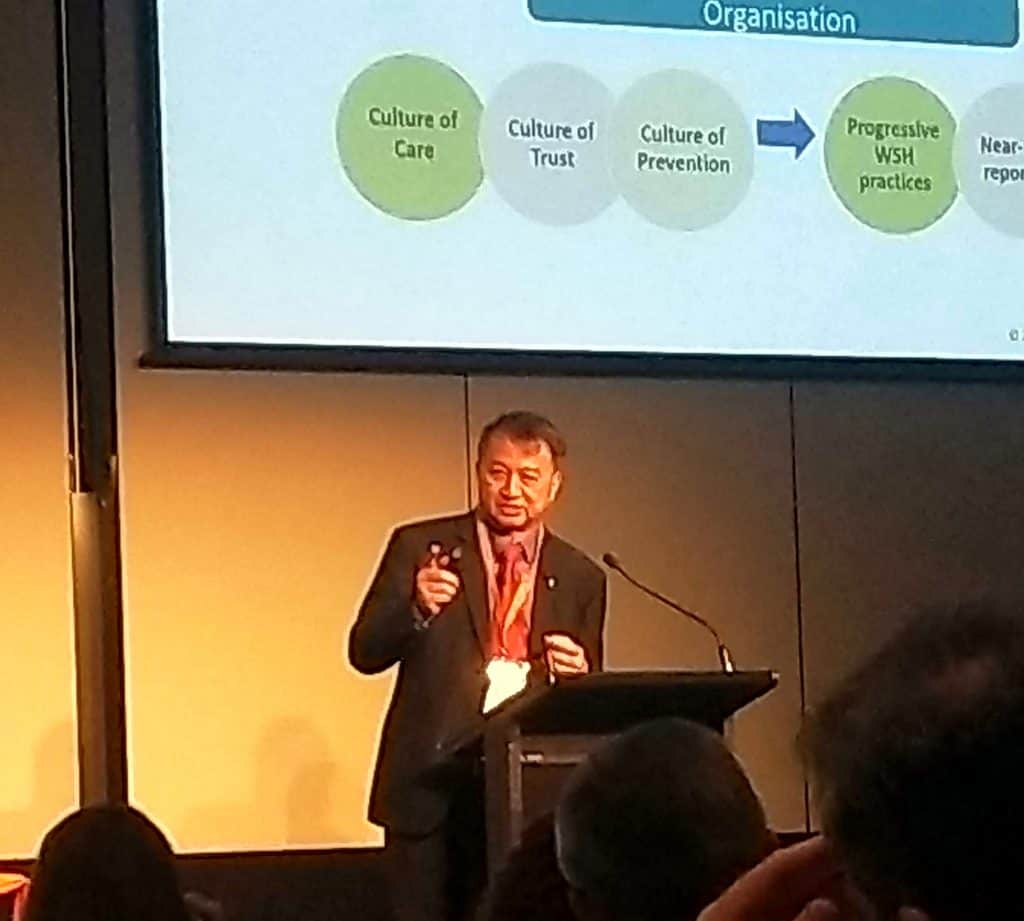
Zero Harm is hardly ever mentioned in Australia’s academic occupational health and safety (OHS) conferences, except maybe with a little snigger. But it was prominent at the NSCAV Foundation’s SafetyConnect conference in late August 2019. This was partly because this conference has more of a commercial bent compared to other conferences but also because several international speakers from Asia were able to clarify what was meant by the term.
This conference had an enviable number of prominent Asian OHS professionals and engineers. One of them Ho Siong Hin (pictured above) explained the application of Vision Zero by the Singaporean government and business community.
Burnout of a different kind
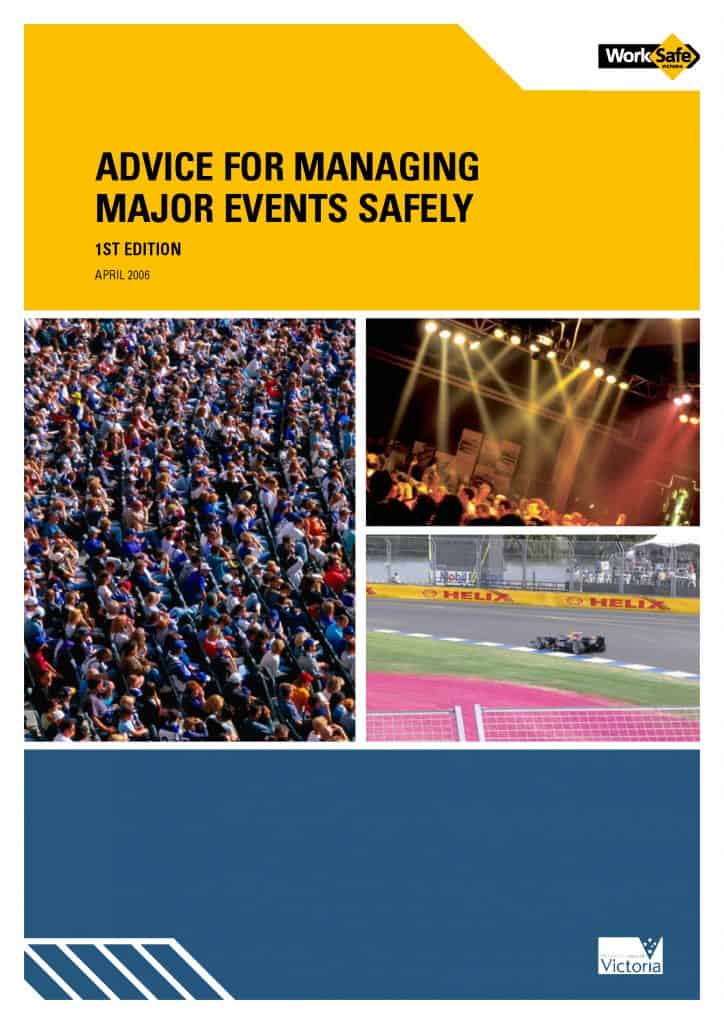
[Updated 12 noon 12 June 2019]
Why do some companies accept or propose an Enforceable Undertaking in relation to breaches of occupational health and safety law? This media statement from WorkSafeNT dated June 7, 2019 illustrates one answer:
“Car Festivals Pty Ltd and the Northern Territory Major Events Company Pty Ltd committed to spend a combined $1.2 million in legally binding agreements, when it became clear NT WorkSafe was considering laying charges over the incident.” (emphasis added)
This reads like someone has calculated the potential cost (fines, etc) to the companies from an OHS prosecution and has opted for the cheaper option. And $1.2 million is a hefty financial commitment.
Humour, bystanders and safety
Effective consultation is a core element of building a functional safety management system in any workplace. This involves talking and listening. Various occupational health and safety (OHS) regulators have pushed this point in the past usually with static images of mouths and ears but WorkSafe New Zealand has released a series of videos in support of its existing”How you can use your mouth” campaign. Thankfully WorkSafeNZ has taken a leaf from the Air New Zealand book and used humour.
Of particular interest is the brief but importance emphasis on the role of the ethical bystander.

